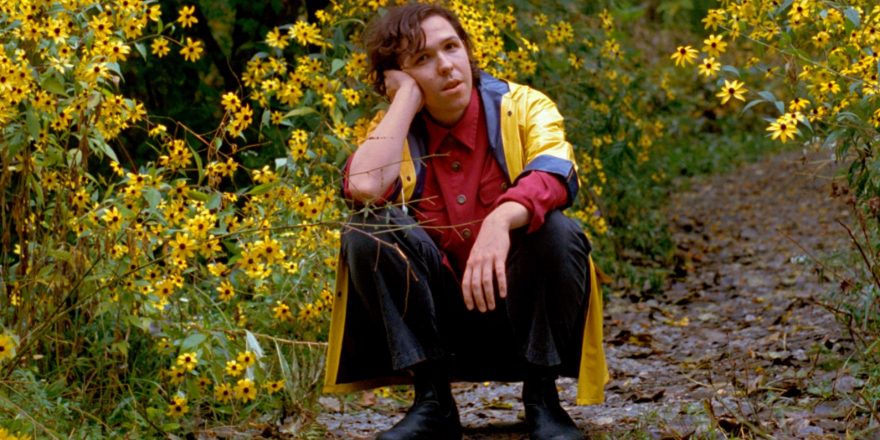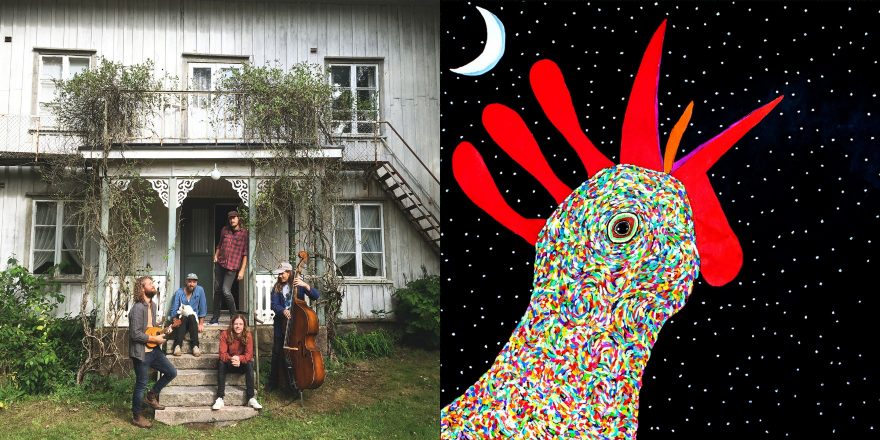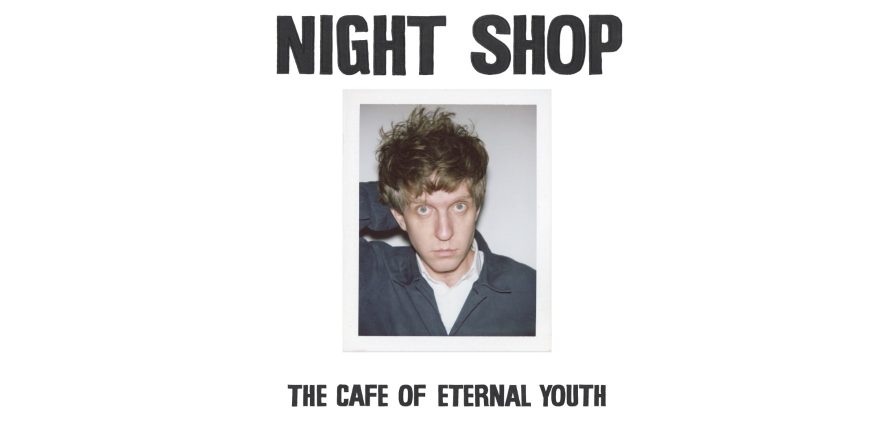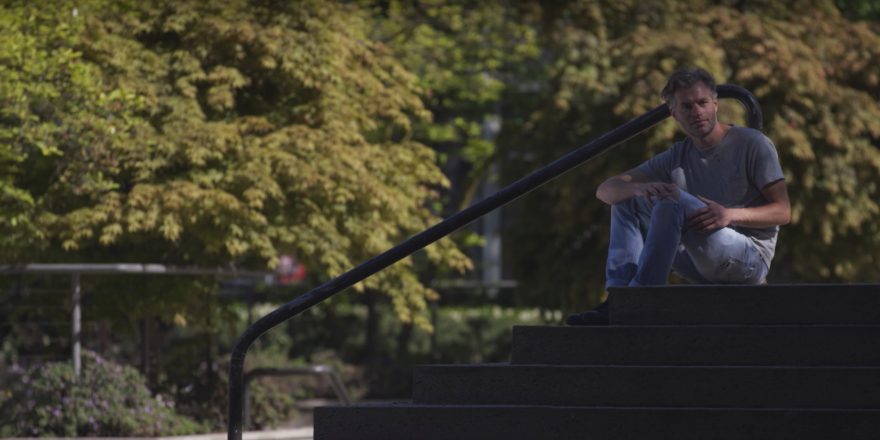I wrote “Stardust” at the end of 2016 reflecting on the passing of Leonard Cohen, David Bowie and Prince. The song muses on death and legacy, imagining the artist’s afterlife as cosmic stardust brushed off an angel’s shoulder. The song is a key to the record; a musical reference; a space of consolation; a lifting off. It is the record’s guiding light. After attending an exhibition of the artist Evan Penny and his sculpture of the hanging Marsyas, I imagined a video that extended the song’s thoughts on art and legacy through the Greek myth of Apollo and Marsyas.
In Ovid’s account of the Greek myth, Marsyas, a polymath satyr, challenges the god Apollo to a musical contest. Apollo eventually bests his earthly rival by playing his lyre upside down. Having won, Apollo, the god of reason and harmony, flays Marsyas alive, peeling his skin in excessive violence.
For me, the figure of Marsyas indicates the nearness and distance between an artist like Leonard Cohen with a form of spiritual energy, while at the same time emphasizing the pain, suffering and hubris that feeds into their art. Marsyas’ peeled skin represents some sort of externalization of the song – a part of the songwriter that peels off and confronts the artist with their distorted reflection of reality.
The video by Colin Medley juxtaposes Marsyas’ hanging body with album covers of Leonard Cohen distorted and animated through the “flayed skin” of Penny’s “Body Mirror.” I also appear singing “Stardust” into my own warped reflection.
— Luka Kupowsky






